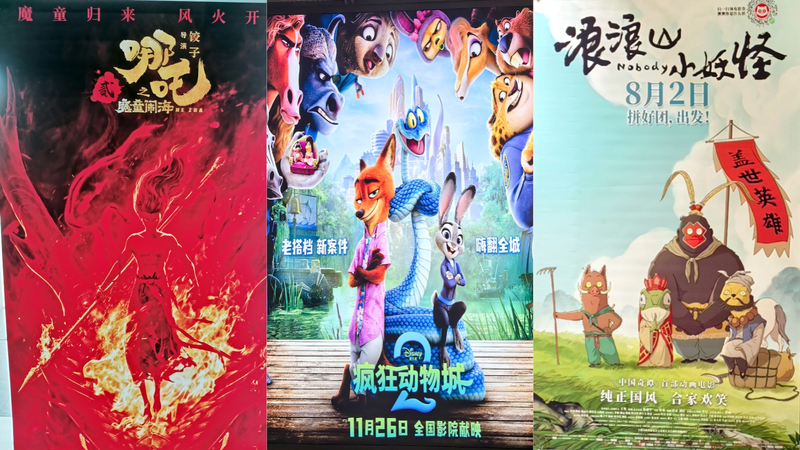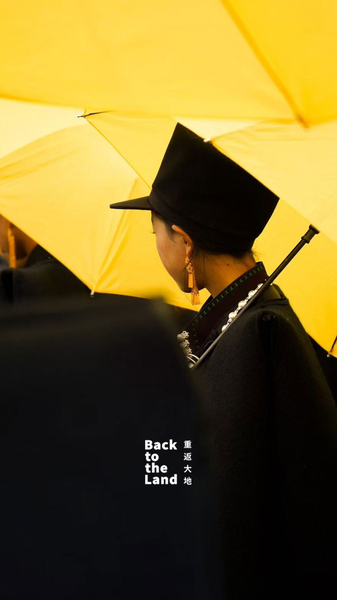When a group of Latin American and Caribbean journalists stepped into the restored lanes of Luoyi Ancient City last week, they were greeted not just by the echoes of a 1,500-year-old capital but by a wave of vibrant silk robes. Draped in hanfu – the traditional attire of the Han ethnic group – they discovered how this symbol of heritage is driving a thriving modern economy in Henan province on the Chinese mainland.
Under the guidance of Xu Jinhui from CGTN, the journalists explored an ecosystem that goes far beyond clothing. From bespoke hanfu fashion studios and professional styling services to on-site photography and immersive cultural workshops, Luoyang has stitched together a full hanfu industrial chain. Local designers blend historical motifs with contemporary trends, while digital platforms offer virtual try-ons and e-commerce outreach to global communities.
As one reporter noted, the hanfu phenomenon in Luoyang is more than a revival – it's a creative movement. Small businesses collaborate with heritage sites to host themed photo tours, while young entrepreneurs launch hanfu rental apps. This fusion of tradition and innovation has rekindled local pride and drawn fresh tourism and cultural exchange, with social media posts reaching audiences across continents.
For global trend-watchers, Luoyang's hanfu economy offers a case study in how cultural heritage can be reimagined for the 21st-century market. By rooting innovation in centuries-old craftsmanship, the city is charting a blueprint for sustainable growth and cross-cultural dialogue. As hanfu continues its journey beyond borders, it raises a bigger question: How can traditional arts fuel tomorrow's global economies?
Reference(s):
cgtn.com




